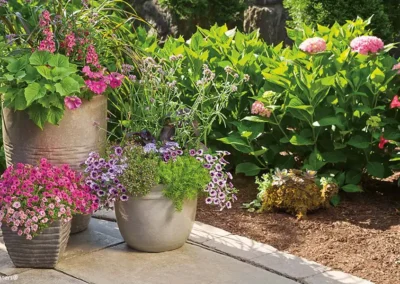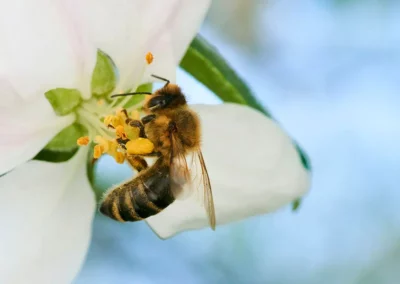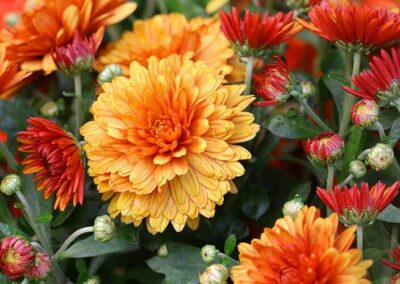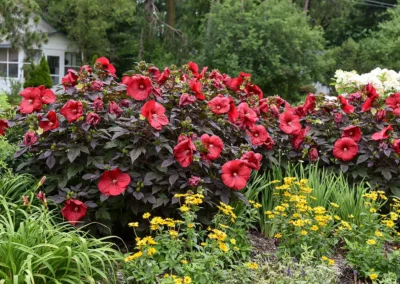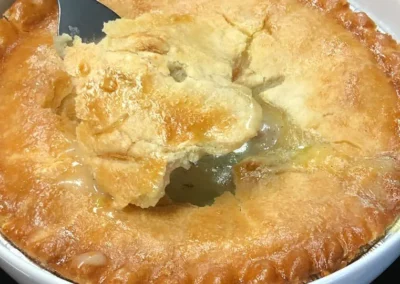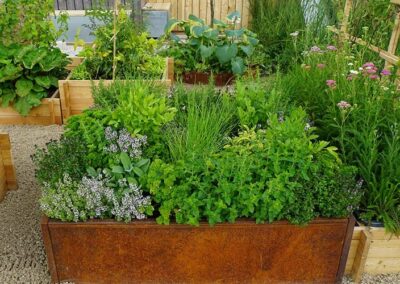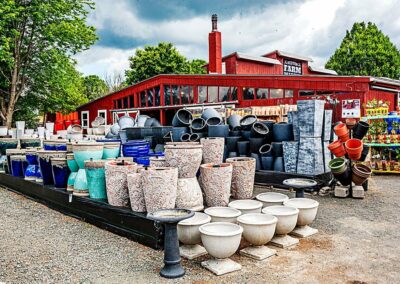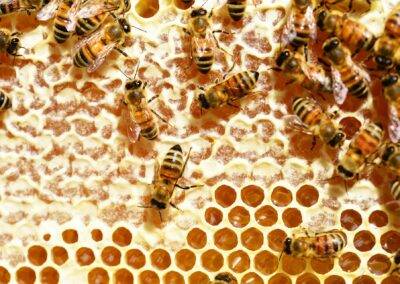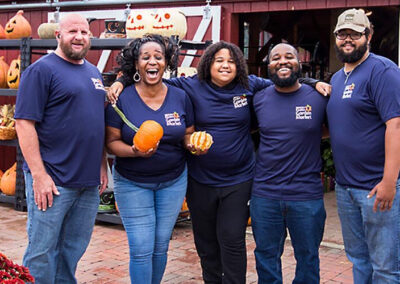Growing your own vegetables from seed can be rewarding and cost-saving!
We get a special thrill nurturing plants from teeny tiny seeds into their full-grown glory. This is especially true when we’re growing vegetables and other edibles. The payoff is the thrill of eating something you grew yourself… And an edible garden can be quite cost-effective.
When should you plant vegetable seeds?
STEP ONE: Know your zone! If you’re in the inland plains of Virginia like Reston Farm Garden Market, you’re in planting zone 7b.
STEP TWO: What veggies do you want to plant? Like people, veggies have their own wants and needs. Some do better in cooler temps and some prefer the hot heat of summer.
STEP THREE: Are you able to start seeds indoors? If so, you can get a head start on the growing season and transplant seedlings once the temps are suitable. However, not all veggies like to be transplanted — some require seed-sowing directly where they’ll grow (like carrots).
To help you plan, here’s a seed-planting chart with some of the more popular veggies.
If you “row cover” (literally a cover to protect a row of plants from cold, wind and pests), you can plant one to two weeks earlier in the spring and one to two weeks later for fall harvest in all regions.
Happy growing!
We look for area farms to partner with and are so happy to work with the folks at Southern Exposure Seed Exchange.
Their 72-acre farm is nestled in the rolling hills of central Virginia, between Richmond and Charlottesville, where they have goats, chickens, hayfields, an herb garden, and extensive vegetable gardens for seed production, trialing and (best of all!) eating.
Based on their experience in central Virginia, Southern Exposure Seed Exchange has found the dates in the chart provided to be the best times to plant in the inland plains of the mid-Atlantic (average last spring frost is April 15th, average first fall frost is October 15th). Please adjust according to your own zones and frost dates.






